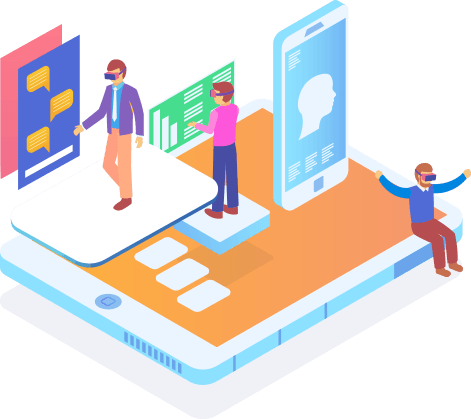The increasing reliance of our information-age economies and governments on cyber (computer-based) infrastructure makes them progressively more vulnerable to cyber attacks on our computer systems, networks, and data. In their most disruptive form, cyber attacks target the enterprise, government, military, or other infrastructural assets of a nation or its citizens.
Both the volume and sophistication of cyber threats (cyber warfare, cyber terrorism, cyber espionage and malicious hacking) are monotonically increasing, and pose potent threats to our enterprise, government, military, or other infrastructural assets. Knowing that to be forewarned is to be forearmed, we are well advised to effect strong Cybersecurity defenses that will thwart rapidly evolving cyber threats.













